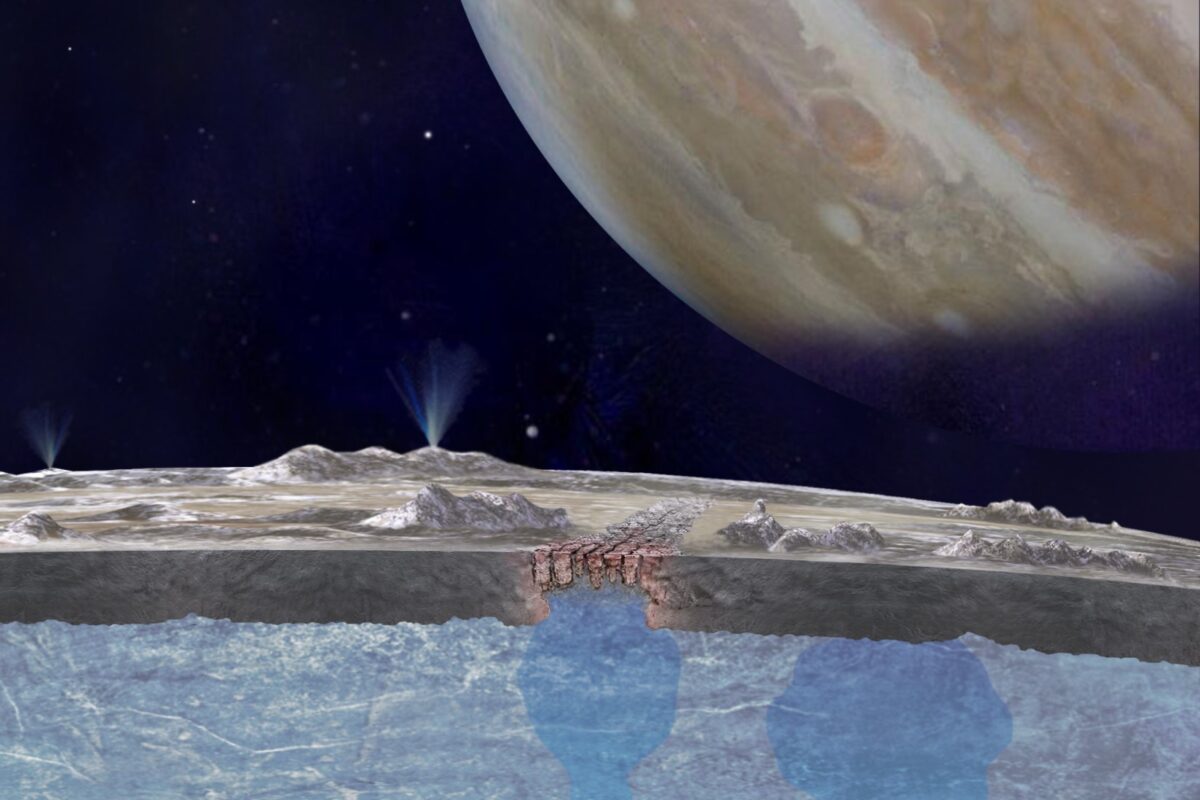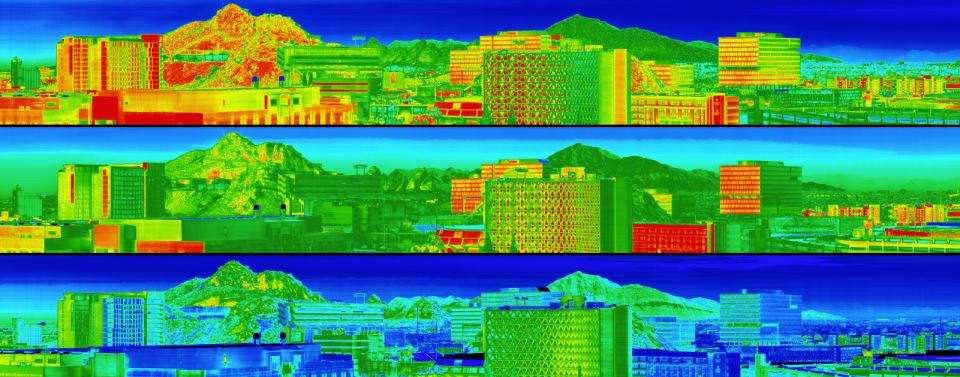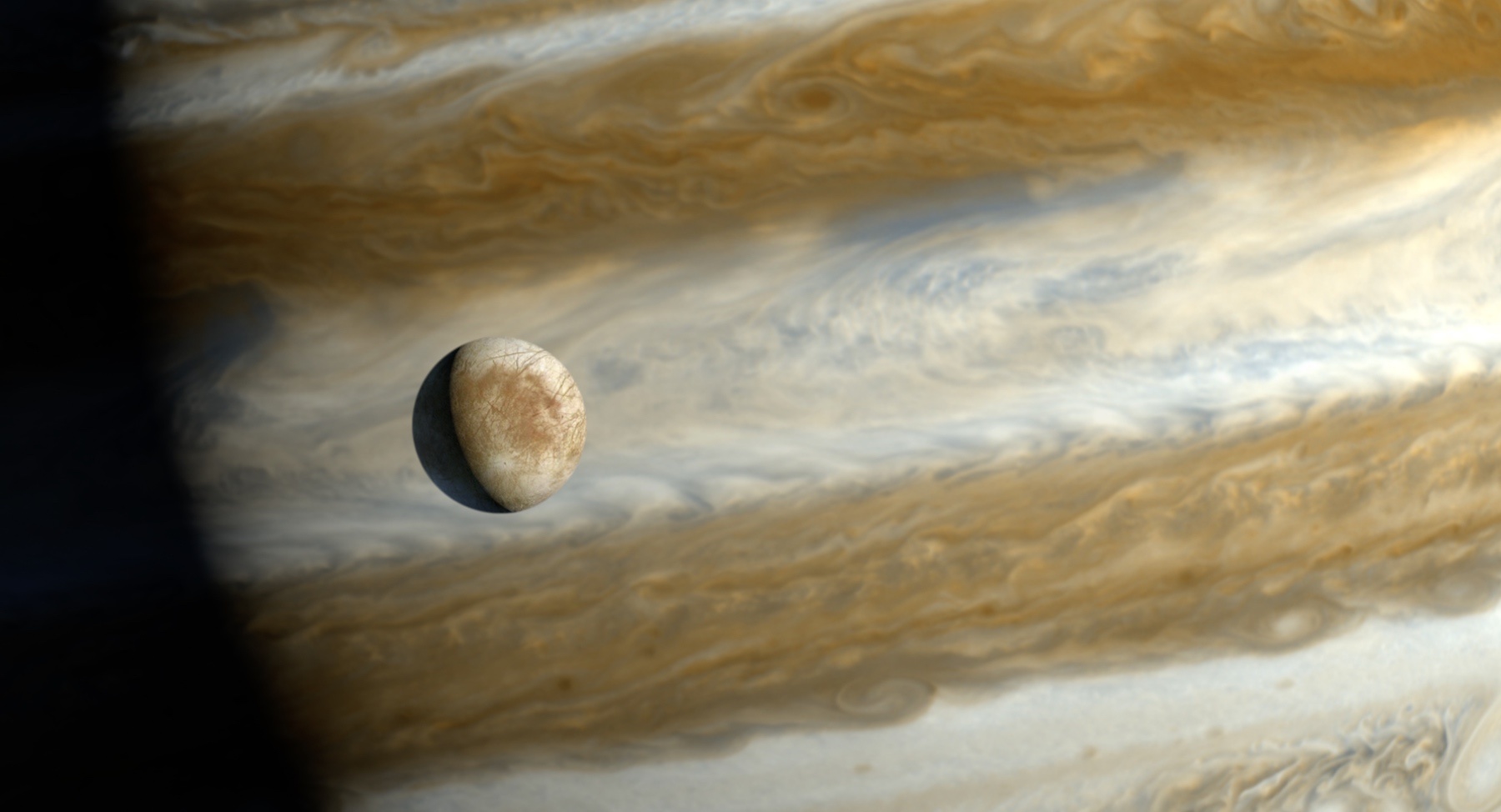When Galileo pointed his telescope at Jupiter 400 years ago, he saw three blobs of light around the giant planet, which he at first thought were fixed stars. He kept looking, and eventually, he spotted a fourth blob and noticed the blobs were moving. Galileo’s discovery of objects orbiting something other than Earth—which we call the Galilean moons in his honour—struck a blow to the Ptolemaic (geocentric) worldview of the time.
Galileo couldn’t have foreseen the age of space exploration that we’re living in now. Fast forward 400 years, and here we are. We know the Earth doesn’t occupy any central point. We’ve discovered thousands of other planets, and many of them will have their own moons. Galileo would be amazed at this.
What would he think about robotic missions to explore one of the blobs of light he spotted?
Continue reading “A Swarm of Swimming Robots to Search for Life Under the Ice on Europa”







